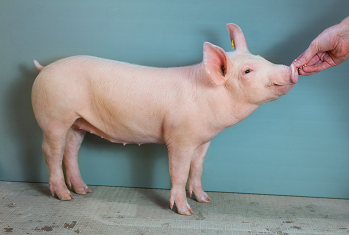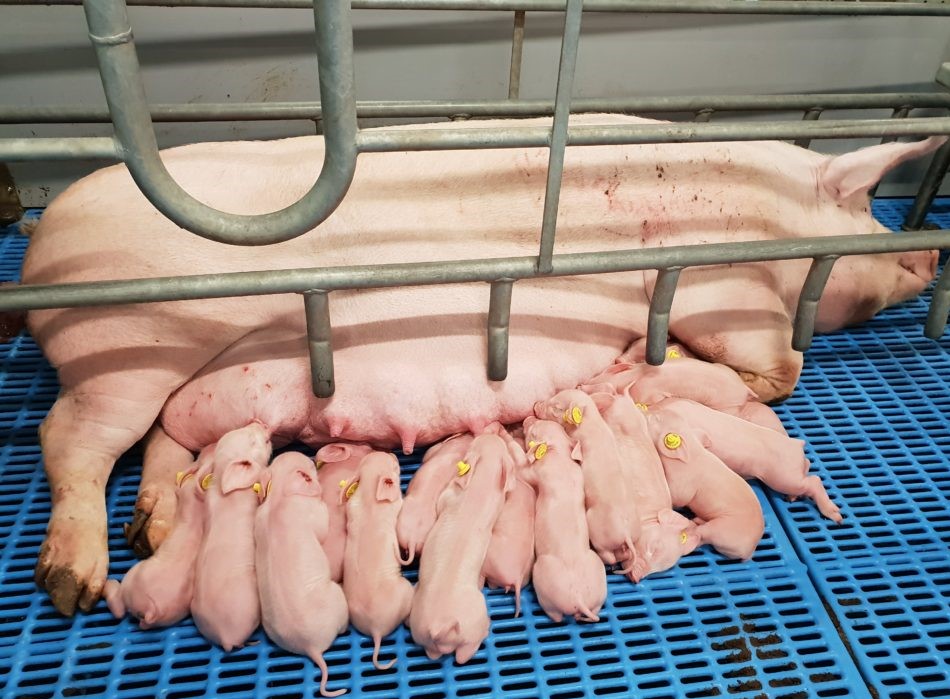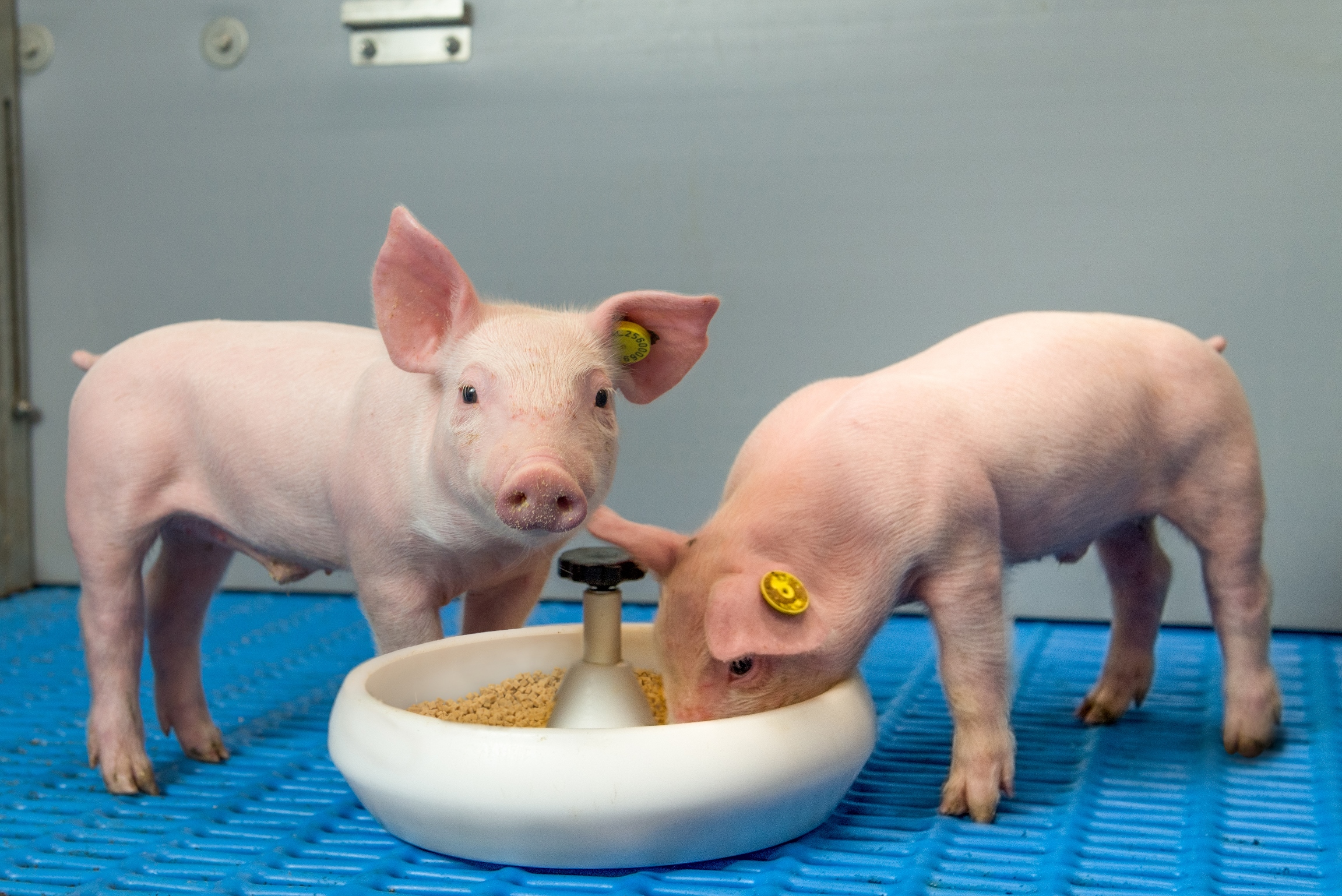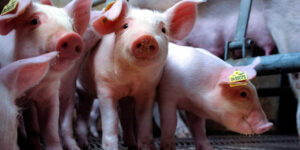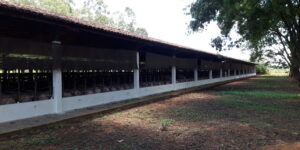Preparing piglet milk replacer
High feed intake and better growth thanks to the correct preparation of piglet milk
A correct preparation of piglet milk is crucial for achieving high intake and better growth. The higher the feed intake before weaning, the better the performance after weaning. However, our specialists at the farm sometimes observe mistakes in the preparation of piglet milk. To achieve the best results with Denkapig Lacto piglet milks, several factors are important. Select the right milk for your situation, start with a special product for the first week, and another product for the subsequent weeks or a one-phase milk to help you through the whole. It all depends on your situation. Feeding piglet milk ensures a gradual transition to the prestarter. Other factors involved in the correct preparation of piglet milk include hygiene, water temperature, and concentration.
If you’re still unsure about supplementing piglet milk, read more about why you should supplement piglet milk.
Watch this video in which colleague Lieke explains how to prepare piglet milk or read more below the video:
Hygiene
Firstly, keep the materials for preparing piglet milk clean. Don’t forget the feeding bowl; clean it regularly to prevent the growth of bacteria and fungi. Even with automated feeding, it is essential to thoroughly clean the mixer and pipes. Curious about how to clean an automatic feeding system? >Read our blog on cleaning and disinfecting here.
Temperature
Our advice for preparing piglet milk is to use water at a temperature of 40-45°C. For this, use a tap with a thermostat or a thermometer to check. Milk dissolves less well in too cold water, and there is a risk of denaturation (becoming indigestible) of proteins in too hot water. Also, do not mix for too long. Unlike preparing mash, where longer mixing is needed for a stable mixture, half to 1 minute of mixing is sufficient for piglet milk. Mixing for too long (>5 min) increases the risk of oxygen infiltration and butter formation.
Concentration
It is also important to feed the right concentration. For manual feeding, we recommend a concentration of 200-250 grams per liter, and for feeding through a cup system, we recommend a concentration of 150 grams per liter. Use a scale to measure the right amount. Prepare the milk and feed it directly to the piglets so that the milk does not cool down too much. In an automatic system, it is also important not to pump the milk at a too high pressure, as this affects the quality of the milk.
Check out the range of Denkapig Lacto piglet milks here or contact your local distributor.






